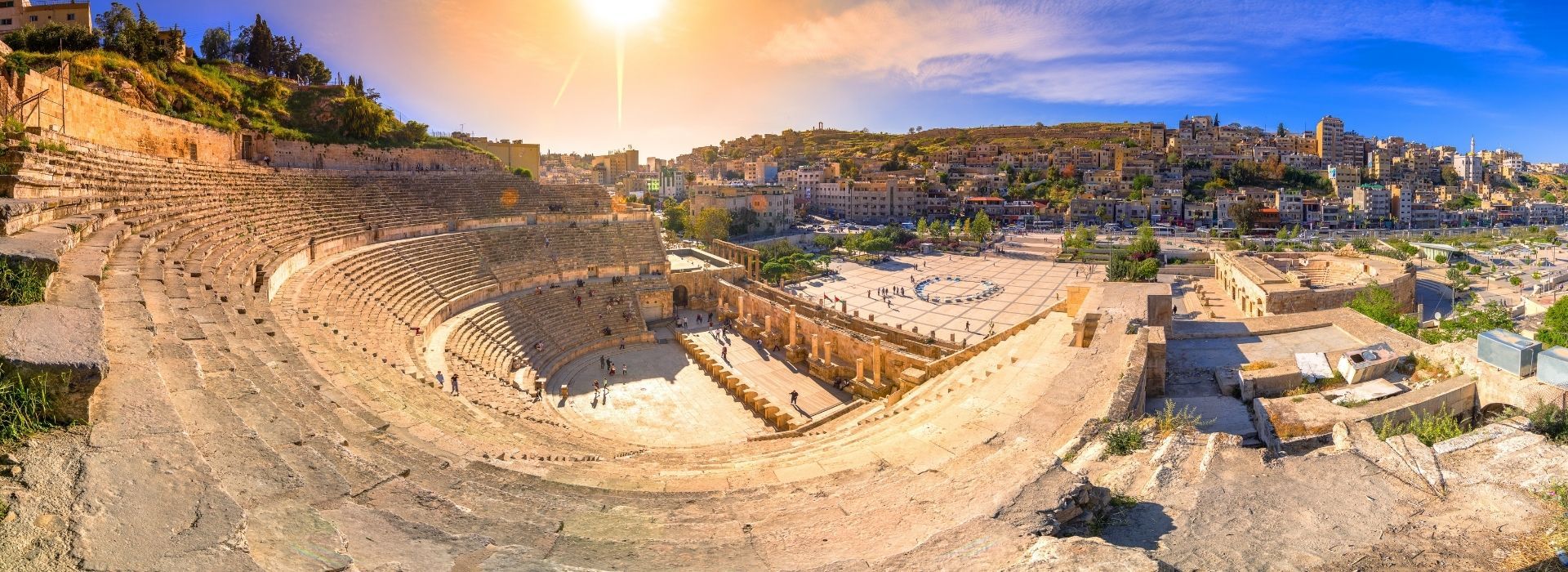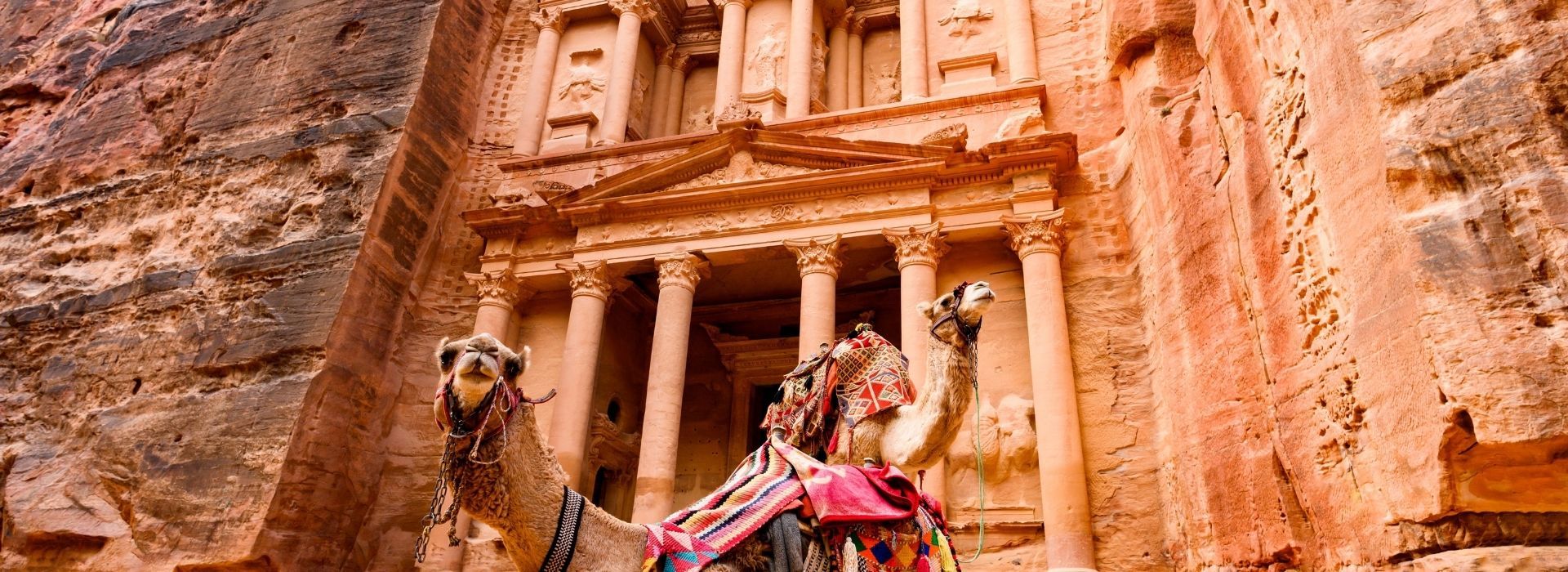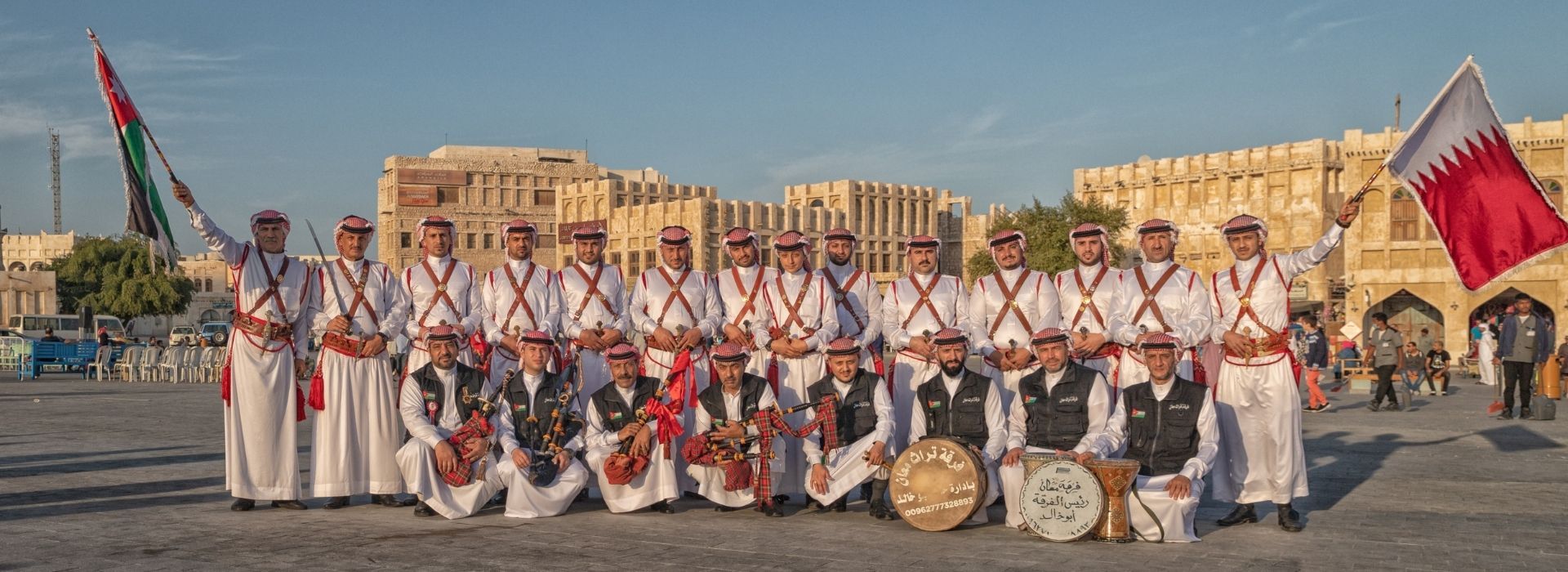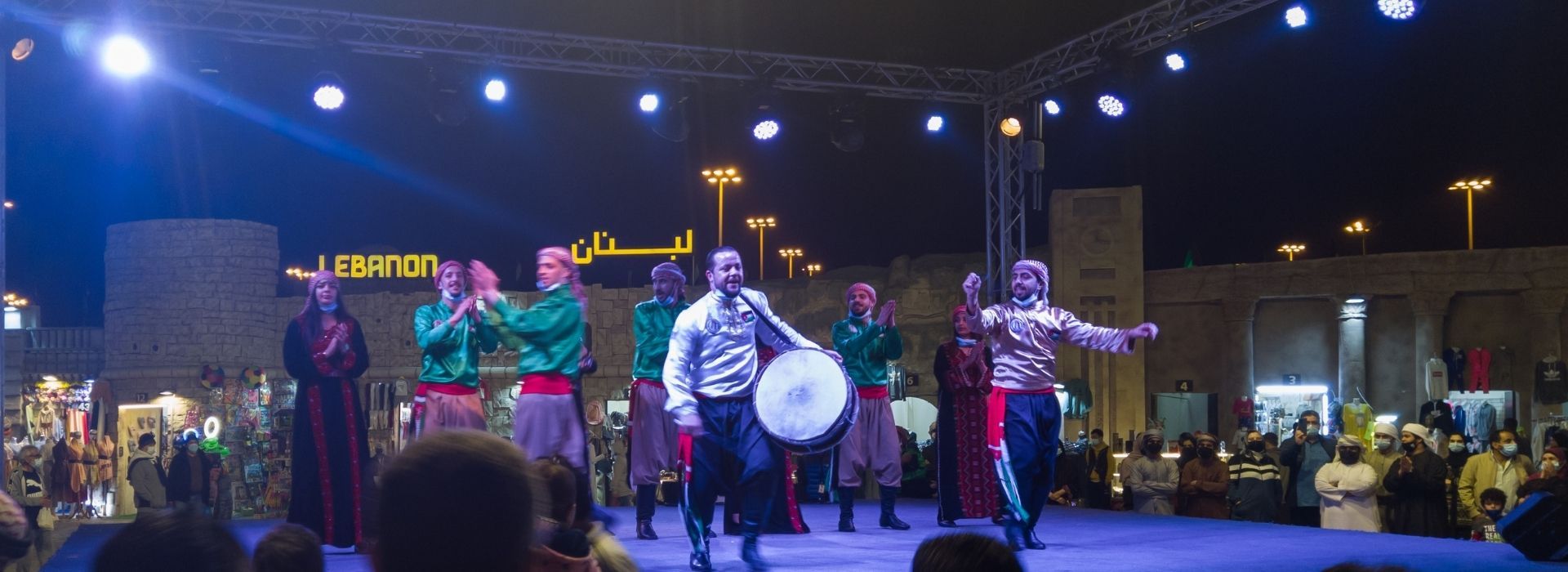An Arab nation located on the bank of the Jordan River, Jordan has a population of over 7 million people

An Arab nation located on the bank of the Jordan River, Jordan has a population of over 7 million people. Its customs and habits are centered on the generosity and good treatment of guests and between one another. Although you will not find a lot of difference between Jordan and the rest of the Arab countries, what distinguishes Jordan from the rest is the homogeneity and mix between their arts, culture, literature, and traditions. One of Jordan’s most popular food is called Mansaf, which is a traditional Arabic cuisine that consists of lamb marinated in yogurt and served with rice. Mansaf is usually served during important events such as weddings and funerals.
Literature
Because of Jordan's association with the Levant until the end of the Ottoman rule and the dominance of tribal invasions, the scarcity of education and the absence of newspapers, magazines, and schools made them educate and teach their citizens Arabic. The education, however, was limited to the schools of the elders whose culture and methods consisted of basic principles of calculation. The first Jordanian high school was established in 1923, after Prince Abdullah's arrival two years later, and the first group graduated in 1928. Prince Abdullah bin al-Hussein relied on the intellectuals and writers of Syria, Lebanon, Hijaz, Iraq, and the enlightened Arabs who came to him after the fall of the Arab government during the battle of Maysaloun in 1920. This led to the response of the emirate with the new Arab society and attracted writers and educators filled with a sense of national resistance to colonialism and backwardness such as Lebanese poet Nadeem Al-Mallah and the journalist poet Hamad Al-Shoraiqi. Those poets established the newspaper “Arab East”, the first Jordanian newspaper issued in Amman after the establishment of the emirate, Al-Jazira from Damascus to Amman in 1939.
In the time of the emirate, poetry, prose, and literature flourished at the hands of pioneers of the indigenous Jordanians, and Arar Mustafa Wahbi Al Tal was the first renowned poet of Jordan. In the field of prose, Mohamed Sobhi Abu Ghneima was the first to write "Night Songs", a collection of social, moral, and literary stories.

Music
In the past, music in Jordan was limited to folk music and singing. The Jordanian Bedouin singing is similar to that of the Arab Bedouin in different deserts. It is characterized by a short, simple melody such as a hybrid, consisting of twelve units, and a Samarra of eight units. Modern music in Jordan today, however, has a number of musical orientations such as folklore and mainly traditional Arab heritage.

Theater and Cinema
Before the establishment of the Theater Department in the Department of Culture and Arts in 1966, although the theater movement was limited, a lot of artists at the time took interest in theatrical work. As a result, the first theater was started by the Department of Culture and Arts and the University Theater of Jordan and paved the way for students at Yarmouk University to specialize in theater studies.
Cinema, on the other hand, did not enjoy the flourishing of theater. But some attempts have been successful with limited resources, limited equipment, cinematic expertise, and a scarcity of specialized institutions. Today, this can be seen in Aqaba's Traditional Arts Festival, where Aqaba (a city in Jordan), hosts a large festival that celebrates Jordan's traditional crafts of Bedouin people where tourists can purchase and admire the works of art. Moreover, the Aqaba Traditional Arts Festival serves as a reminder of Jordan's evolution of the arts over the years and how it shaped Jordan's diversified country today.
